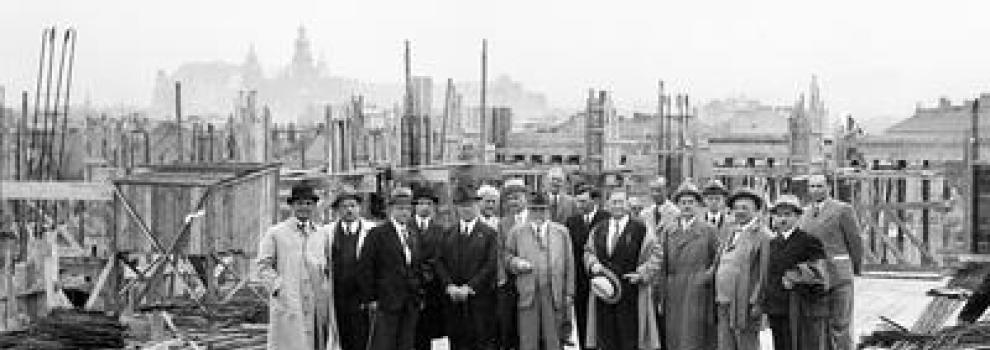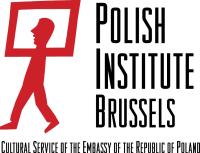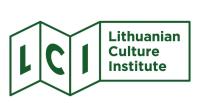
International conference
Immediately after 1918 newly established states of post-imperial Central, Eastern and Southeastern Europe embarked on an ambitious project of building new cities and national capitals. Seeking to cope with the destruction of war, driven by the desire to modernize the cities and to embody new national imageries in the landscapes of new capitals, the state authorities together with the professional architects and urban planners initiated a program of radical transformation of the multi-ethnic imperial cities in the interwar period. Tracing the history of competing visions for the capitals and other cities help us shed light on the multiple tensions between the quest for national identity, the aspiration to Europeanisation and modernization drive nurtured by the transnational admiration of modern technology. These numerous contradictions shaped such European cities as Prague or Bucharest, Bratislava or Sarajevo, Budapest or Kaunas.
The two-day international conference aims to revisit the recent scholarship and question how the history of these different cities could be written today beyond the nation-state narratives or beyond the celebration of avant-garde experimentation. Neither nationalisms, nor modernisms were unique driving forces of development of these diverse yet interconnected places. What are other less known forces that reshaped the interwar cities across Central, Eastern and Southeastern Europe? What is the role of the imperial legacies in different cases? What is the role of new technologies, materials and infrastructures? How the immaterial practices inherited from the past and the intervention of new objects in the everyday life helped to forge new national versions of modernity?
Keynote lecture by Martin Kohlrausch (KU Leuven).
PROGRAM 16/11
11.00 - 13.00 DIALOGUE 1: NEW CAPITALS OF NEW STATES: HELSINKI AND KAUNAS
Laura KOLBE (University of Helsinki) – In the aftermath of Civil War in Helsinki 1918: Pro Helsingfors – General Plan and “Fantasizing” a Modern Capital City
Marija DREMAITE (Vilnius University) – Architecture of Optimism: the Kaunas Phenomenon, 1919-1939
LUNCH BREAK
14.00 - 16.00 DIALOGUE 2: NATIONAL(?) ARCHITECTURE BY TRANSNATIONAL ARCHITECTS IN TALLINN AND ZAGREB
Mart KALM (Estonian Academy of Arts) – Interwar Architecture in Tallinn: Is It Only Estonian?
Tamara BJAŽIĆ KLARIN (Institute of Art History in Zagreb) – Competitions as Medium for Exchange of Urban Planning Theory and Practice In The Interwar Croatia
18.00 - 20.00 KEYNOTE LECTURE AT HOUSE OF EUROPEAN HISTORY (Rue Belliardstraat 135, 1000 Brussels)
Martin KOHLRAUSCH (KU Leuven) – Brokers of Modernity: East Central Europe and The Rise of Modernist Architects
PROGRAM 17/11
11.00 - 13.00 DIALOGUE 3: EXPANDING CAPITALS: RIGA AND BUCHAREST
Carmen POPESCU (Ecole Supérieure Nationale d’Architecture de Bretagne) – A Tale of Two Modernities: Bucharest architecture in the interwar years
Ieva ZIBARTE (National Library of Latvia) – Expanding boundaries. Teika neighbourhood in Riga.
LUNCH BREAK
14.00 - 16.00 DIALOGUE 4: COMPETING VISIONS OF MODERNITY: BUDAPEST, GDYNIA AND LVIV
Andras FERKAI (Moholy-Nagy University of Arts and Design Budapest) – Hungary: Between National Myths and International Standards
Andrzej SZCZERSKI (Jagiellonian University) – Modernity and the New Poland: the cases of Gdynia and Lviv
16.30 - 18.30 DIALOGUE 5: SOCIAL AND ARCHITECTURAL EXPERIMENTATION: PRAGUE, LUBLJANA, ZLIN AND BRNO
Bogo ZUPANČIČ (Museum of Architecture and Design, Slovenia) – Building national capital – Plečnik's Ljubljana
Vladimír ŠLAPETA (Czech Technical University in Prague and University of Technology in Brno) Brno and Zlín , cities of modern architecture in Czechoslovakia
Practical information
Dates
Location
Bertouille Rotunda
Rue Ravenstein 23 1000 BrusselsLanguage
- English
8€ for one day
12€ for two days
Partners
- Czech Centre Brussels
- Embassy of the Republic of Latvia to Belgium
- Embassy of the Republic of Lithuania to Belgium and Luxembourg
- Estonia 100
- House of European History
- Katholieke Universiteit Leuven (KUL)
- Liszt Institute Brussels
- MODERNITY AND SOCIETY 1800-2000 / KU Leuven
- Osterreichisches Kulturforum Brüssel
- Permanent Representation of Estonia to the European Union
- Permanent Representation of Lithuania to the European Union
- Permanent Representation of Slovenia to the EU
- Polish Institute - Cultural Service of the Embassy of the Republic of Poland in Brussels
- Representation of the South-Moravian region in Brussels
- Restored Lithuania
- Romanian Cultural Institute Brussels
- the 100th Birthday of the Republic of Latvia
Structural partner










